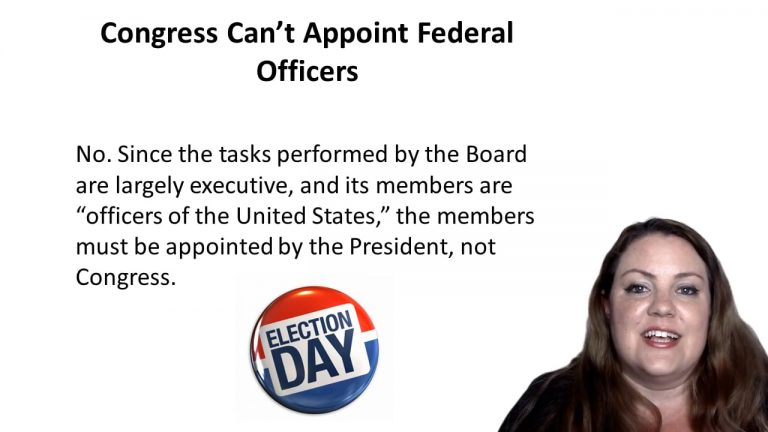SmartBrief
Confirm favorite deletion?
Constitutional Law Keyed to Barnett
Hirabayashi v. United States
Citation:
320 U.S. 81 (1943)Facts
During World War II (after the bombing of Pearl Harbor), President Roosevelt issued Executive Order 9066 that directed the Secretary of War and military commanders to create military zones from which people of certain ethnicities could be excluded, for “protection against espionage and against sabotage to” national defense efforts. U.S. Military commanders subsequently created these military zones on the West Coast of the United States, due to presence of U.S. military bases and supplies and geographical proximity to Japan. Executive Order 9102 called for the “removal, relocation, and . . . supervision” of people identified (of a certain ethnicity) in the previous executive order. People of Japanese ancestry were required to abide by a curfew and leave certain military zones. Congress then passed a law making it illegal to disregard the restrictions imposed by these military zones pursuant to the President’s executive order. The military later issued a proclamation calling for certain regulation of people of Japanese, German and Italian ancestry. Hirabayashi was indicted for failing to abide by a curfew and failing to report to a Civil Control Station within the military zone (the first step necessary to exclude people of Japanese Ancestry from that area). Hirabayashi argued that the indictment should be dismissed because although he was of Japanese descent, he was an American citizen and did not hold any allegiance towards Japan. Furthermore, he argued that Congress unconstitutionally delegated its legislative power to the executive branch (military commander) when it imposed criminal penalties for disobeying the military ordered issued pursuant to the executive order. Additionally, appellant Hirabayashi argued that the executive order constituted unconstitutional discrimination in violation of the Fifth Amendment.
Only StudyBuddy Pro offers the complete Case Brief Anatomy*
Access the most important case brief elements for optimal case understanding.
*Case Brief Anatomy includes: Brief Prologue, Complete Case Brief, Brief Epilogue
- The Brief Prologue provides necessary case brief introductory information and includes:
Topic:
Identifies the topic of law and where this case fits within your course outline.Parties:
Identifies the cast of characters involved in the case.Procedural Posture & History:
Shares the case history with how lower courts have ruled on the matter.Case Key Terms, Acts, Doctrines, etc.:
A case specific Legal Term Dictionary.Case Doctrines, Acts, Statutes, Amendments and Treatises:
Identifies and Defines Legal Authority used in this case.
- The Case Brief is the complete case summarized and authored in the traditional Law School I.R.A.C. format. The Pro case brief includes:
Brief Facts:
A Synopsis of the Facts of the case.Rule of Law:
Identifies the Legal Principle the Court used in deciding the case.Facts:
What are the factual circumstances that gave rise to the civil or criminal case? What is the relationship of the Parties that are involved in the case.Issue(s):
Lists the Questions of Law that are raised by the Facts of the case.Holding:
Shares the Court's answer to the legal questions raised in the issue.Concurring / Dissenting Opinions:
Includes valuable concurring or dissenting opinions and their key points.Reasoning and Analysis:
Identifies the chain of argument(s) which led the judges to rule as they did.
- The Brief Prologue closes the case brief with important forward-looking discussion and includes:
Policy:
Identifies the Policy if any that has been established by the case.Court Direction:
Shares where the Court went from here for this case.

 8m 0s
8m 0s